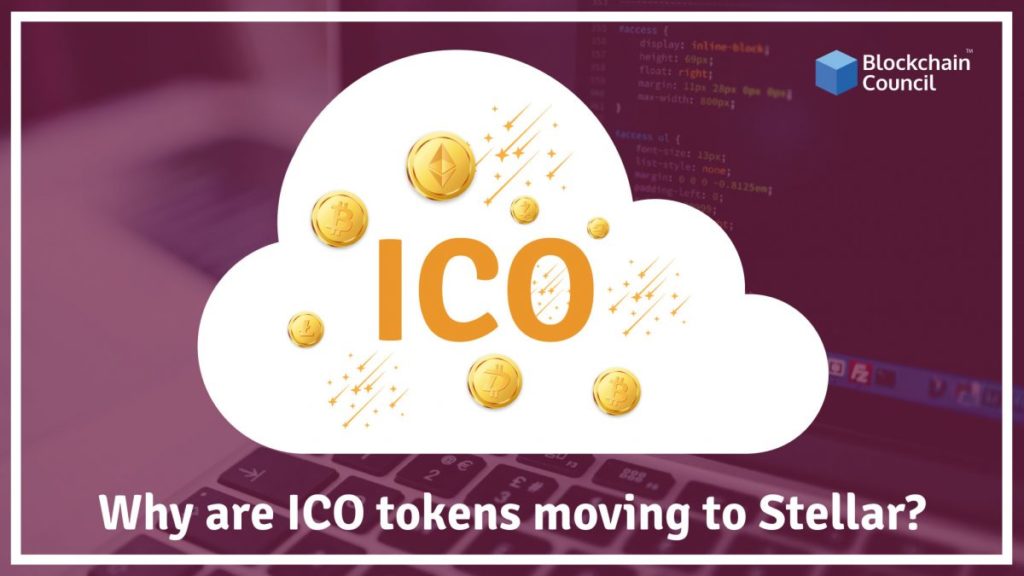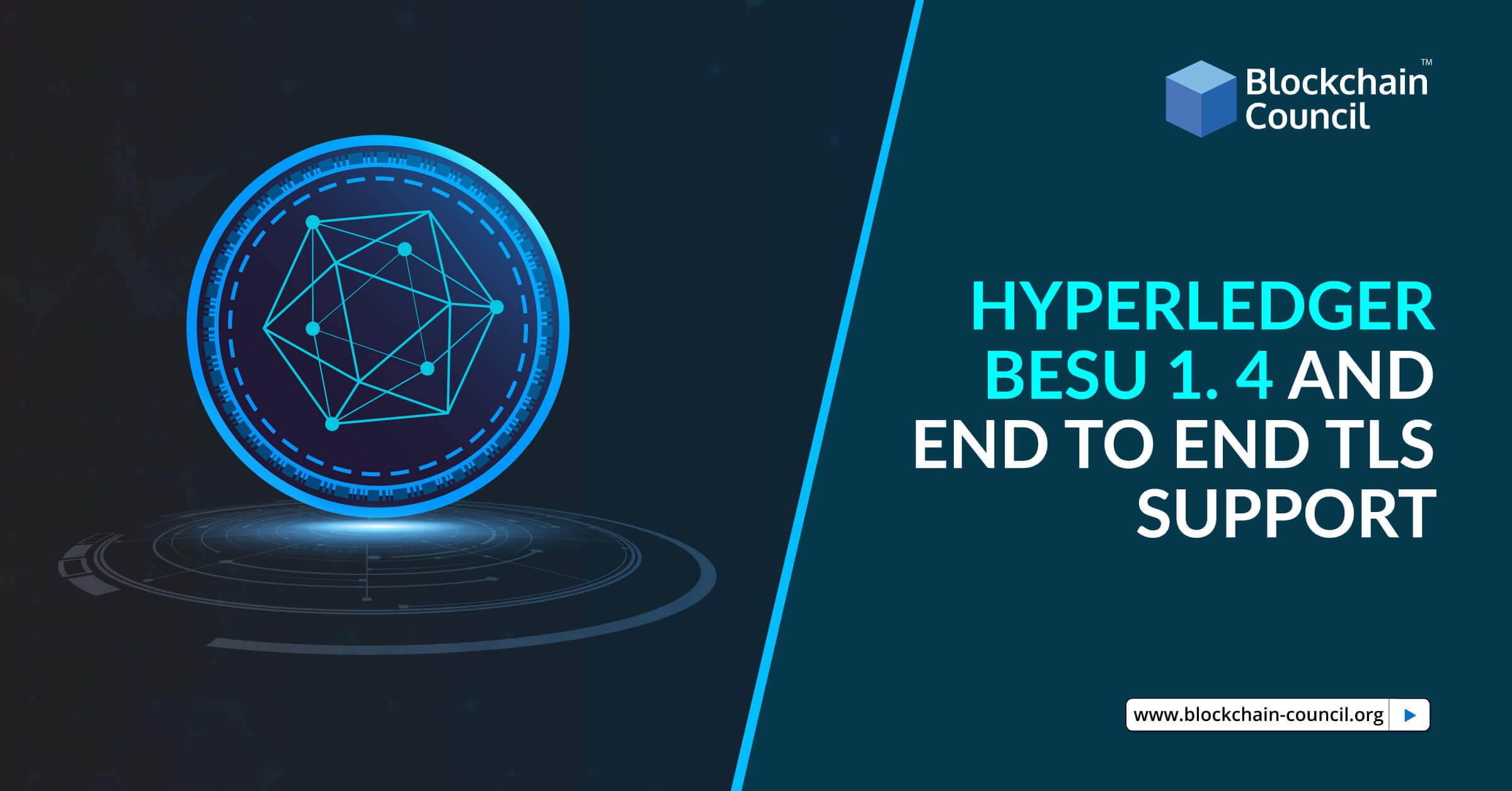
- Toshendra Kumar Sharma
- February 05, 2018
People involved in the cryptocurrency space are already familiar with the skyrocketing transaction fees and the increasing wait times that popular currencies have to face. Ethereum is the most used public blockchain in the world right now, and routinely processes more than a million transactions per day. But this increase in usage comes at a cost – over $1 in transaction fees and several minutes to wait for confirmation times. Additionally, the blockchain is also growing at an alarming rate, and it is becoming increasingly harder for smaller node operators to continue supporting the network. Can Stellar offer a viable solution?
What is Stellar?
Stellar is an open source payment network for asset agnostic value exchange founded in 2014 by Jed McCaleb, the founder of Ripple and Mt. Gox. Stellar uses its native asset called Lumens to facilitate the exchange of value and boasts of handling over 1000 transactions per second. This puts Stellar at par with Ripple and makes it over 100 times faster than Bitcoin or Ethereum. The total number of Lumens (XLM) created is 103.53 billion out of which 17.85 billion are currently in circulation.
In practical terms, this means that Stellar is focusing on one niche market compared to Ethereum which is trying to be a general purpose Turing-complete computer. Since Ethereum can do much more than Stellar, namely smart contracts, it is also slower for simple transactions that ICOs require. As a result, the Ethereum network experiences serious congestions at times when there is an ICO. This is where Stellar has the edge over Ethereum. For token distribution and transferring, the maximum transactions per second that a network can handle is all that matters.
Kin Messaging Platform Moves to Stellar
Kin CEO, Ted Livingston confirmed last week that Kin is moving to Stellar from Ethereum as Ethereum is unable to scale to the levels that Kin requires. Kin had been contemplating shifting to another platform for quite some time, and it seems that rising gas price was the last nail in the coffin for Kin.
Ted Livingston also said that Kin’s 10,000 users were already pushing Ethereum to its limit and sudden network congestions, like the one caused by CryptoKitties recently, made Ethereum unreliable. Stellar, therefore, is a good choice for Kin as it can handle fast, reliable and cheap transactions in massive amounts. Another huge advantage that Stellar offers over Ethereum is that it has a built-in decentralized exchange which token issued on Stellar can use natively. Stellar does not require any gas to execute programs, but only a small transaction fee of 0.00001 XLM (fraction of a fraction of a penny) and takes about 5 seconds. By comparison, Ethereum’s fees depend on a lot of factors and can rise to significant numbers in times of network congestion where it takes about $1 and several minutes for transactions to go through.
Ethereum’s Scaling Strategy
Despite Ethereum’s rising transaction fees and waiting times, there are some scaling solutions that Ethereum developers are working on to make transactions for Ethereum faster and cheaper: Raiden, Plasma, and Sharding.
Raiden: This is quite similar to Bitcoin’s lightning network which employs the power of state channels to facilitate off-chain transactions. Raiden is expected to improve scaling a lot and can be used for microtransactions for the internet of things economy.
Sharding: This is one of the unique scaling strategies that are in the works that will allow many orders of magnitude higher throughput for Ethereum. Currently, in Proof of Work, all of the nodes compete with each other to validate a transaction. Once a node successfully validates a transaction, other nodes verify its authenticity and add it to the blockchain. But this process is very inefficient as nodes spend a lot of electricity doing useless computations. With Proof of Stake and sharding, transactions and nodes could be divided into smaller groups that will work independently for parallel validation increasing the network capacity significantly.
Plasma: Plasma’s unique approach of using smart contracts to create independent side chains for Ethereum offers nearly infinite scaling. Plasma is going to be essential for Ethereum if it has to reach real-world adoption and be used for asset management for large corporations and governments. Since there is no limit to side chains and the transactions occur off the chain, the transaction cost is going to be negligible and throughput extremely high.





































































 Guides
Guides News
News Blockchain
Blockchain Cryptocurrency
& Digital Assets
Cryptocurrency
& Digital Assets Web3
Web3 Metaverse & NFTs
Metaverse & NFTs
